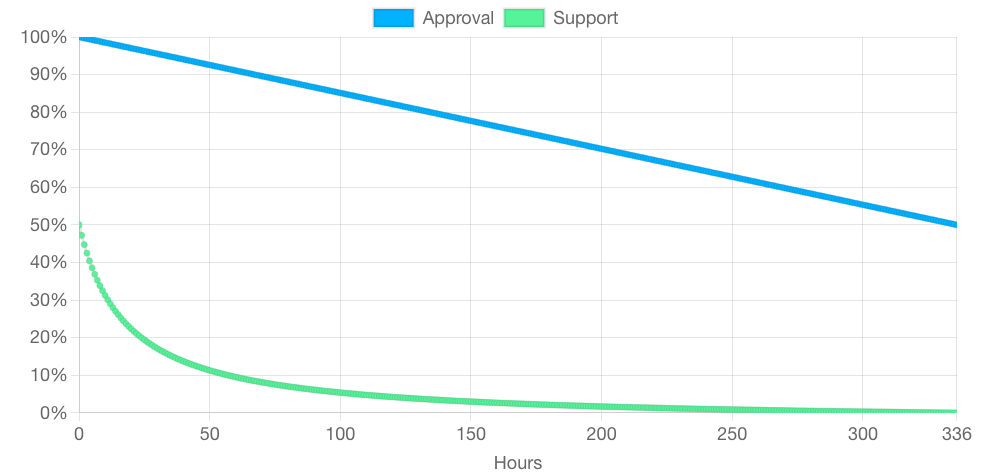Polkadot OpenGov Origins
Learn more about Polkadot OpenGov
For background information about Polkadot OpenGov, please refer to this dedicated Wiki document.
Polkadot OpenGov Terminology and Parameters¶
The important parameters to be aware of when voting using the Referenda module are as follows:
Origin - Each origin has a fixed set of privileges. When making a proposal, it is important to choose the origin that has the privilege to execute the referenda.
Track - Each track has its own dispatch origin and a preset configuration that governs the voting process and parameters.
Submission Deposit - The minimum amount to be used as a (refundable) deposit to submit a public referendum proposal.
Prepare Period - The minimum time the referendum needs to wait before it can progress to the next phase after submission. Voting is enabled, but the votes do not count toward the outcome of the referendum yet.
Decision Deposit - This deposit is required for a referendum to progress to the decision phase after the end of prepare period.
Decision Period - Amount of time a decision may take to be approved to move to the confirming period. If the proposal is not approved by the end of the decision period, it gets rejected.
Max Deciding - The maximum number of referenda that can be in the decision period of a track all at once.
Conviction: A multiplier to increase voting power.
Approval: the share of the approval vote-weight after adjustments for conviction against the total number of vote-weight for both approval and rejection
Support: The total number of votes in approval (ignoring adjustments for conviction) compared to the total possible amount of votes that could be made in the system. Support also takes into account abstained votes.
Min Approval - The threshold of approval (along with the min support) needed for a proposal to meet the requirements of the confirm period.
Min Support - The threshold of support (along with the min approval) needed for a proposal to meet the requirements of the confirm period.
Confirmation Period - The total time the referenda must meet both the min approval and support criteria during the decision period in order to pass and enter the enactment period.
Min Enactment Period - Minimum time that an approved proposal must be in the dispatch queue after approval. The proposer has the option to set the enactment period to be of any value greater than the min enactment period.
Origins and Tracks Info¶
| ID | Origin | Max Deciding | Decision Deposit | Prepare Period | Decision Period | Confirm Period | Min Enactment Period | Min Approval | Min Support |
|---|---|---|---|---|---|---|---|---|---|
| 0 | Root | 1 | 100000 DOT | 2 Hours | 28 Days | 1 Day | 1 Day | Reciprocal | Linear Decreasing |
| 1 | Whitelisted Caller | 100 | 10000 DOT | 30 Minutes | 28 Days | 10 Minutes | 10 Minutes | Reciprocal | Reciprocal |
| 2 | Wish For Change | 10 | 20000 DOT | 2 Hours | 28 Days | 1 Day | 10 Minutes | Reciprocal | Linear Decreasing |
| 10 | Staking Admin | 10 | 5000 DOT | 2 Hours | 28 Days | 3 Hours | 10 Minutes | Linear Decreasing | Reciprocal |
| 11 | Treasurer | 10 | 1000 DOT | 2 Hours | 28 Days | 7 Days | 1 Day | Reciprocal | Linear Decreasing |
| 12 | Lease Admin | 10 | 5000 DOT | 2 Hours | 28 Days | 3 Hours | 10 Minutes | Linear Decreasing | Reciprocal |
| 13 | Fellowship Admin | 10 | 5000 DOT | 2 Hours | 28 Days | 3 Hours | 10 Minutes | Linear Decreasing | Reciprocal |
| 14 | General Admin | 10 | 5000 DOT | 2 Hours | 28 Days | 3 Hours | 10 Minutes | Reciprocal | Reciprocal |
| 15 | Auction Admin | 10 | 5000 DOT | 2 Hours | 28 Days | 3 Hours | 10 Minutes | Reciprocal | Reciprocal |
| 20 | Referendum Canceller | 1,000 | 10000 DOT | 2 Hours | 7 Days | 3 Hours | 10 Minutes | Linear Decreasing | Reciprocal |
| 21 | Referendum Killer | 1,000 | 50000 DOT | 2 Hours | 28 Days | 3 Hours | 10 Minutes | Linear Decreasing | Reciprocal |
| 30 | Small Tipper | 200 | 1 DOT | 1 Minutes | 7 Days | 10 Minutes | 1 Minutes | Linear Decreasing | Reciprocal |
| 31 | Big Tipper | 100 | 10 DOT | 10 Minutes | 7 Days | 1 Hours | 10 Minutes | Linear Decreasing | Reciprocal |
| 32 | Small Spender | 50 | 100 DOT | 4 Hours | 28 Days | 2 Days | 1 Day | Linear Decreasing | Reciprocal |
| 33 | Medium Spender | 50 | 200 DOT | 4 Hours | 28 Days | 4 Days | 1 Day | Linear Decreasing | Reciprocal |
| 34 | Big Spender | 50 | 400 DOT | 4 Hours | 28 Days | 7 Days | 1 Day | Linear Decreasing | Reciprocal |
| ID | Origin | Max Deciding | Decision Deposit | Prepare Period | Decision Period | Confirm Period | Min Enactment Period | Min Approval | Min Support |
|---|---|---|---|---|---|---|---|---|---|
| 0 | Root | 1 | 3333.333333 KSM | 2 Hours | 14 Days | 1 Day | 1 Day | Reciprocal | Linear Decreasing |
| 1 | Whitelisted Caller | 100 | 333.333333 KSM | 30 Minutes | 14 Days | 10 Minutes | 10 Minutes | Reciprocal | Reciprocal |
| 2 | Wish For Change | 10 | 666.666667 KSM | 2 Hours | 14 Days | 1 Day | 10 Minutes | Reciprocal | Linear Decreasing |
| 10 | Staking Admin | 10 | 166.666667 KSM | 2 Hours | 14 Days | 3 Hours | 10 Minutes | Linear Decreasing | Reciprocal |
| 11 | Treasurer | 10 | 33.333333 KSM | 2 Hours | 14 Days | 2 Days | 1 Day | Reciprocal | Linear Decreasing |
| 12 | Lease Admin | 10 | 166.666667 KSM | 2 Hours | 14 Days | 3 Hours | 10 Minutes | Linear Decreasing | Reciprocal |
| 13 | Fellowship Admin | 10 | 166.666667 KSM | 2 Hours | 14 Days | 3 Hours | 10 Minutes | Linear Decreasing | Reciprocal |
| 14 | General Admin | 10 | 166.666667 KSM | 2 Hours | 14 Days | 3 Hours | 10 Minutes | Reciprocal | Reciprocal |
| 15 | Auction Admin | 10 | 166.666667 KSM | 2 Hours | 14 Days | 3 Hours | 10 Minutes | Reciprocal | Reciprocal |
| 20 | Referendum Canceller | 1,000 | 333.333333 KSM | 2 Hours | 7 Days | 3 Hours | 10 Minutes | Linear Decreasing | Reciprocal |
| 21 | Referendum Killer | 1,000 | 1666.666667 KSM | 2 Hours | 14 Days | 3 Hours | 10 Minutes | Linear Decreasing | Reciprocal |
| 30 | Small Tipper | 200 | 0.033333 KSM | 1 Minutes | 7 Days | 10 Minutes | 1 Minutes | Linear Decreasing | Reciprocal |
| 31 | Big Tipper | 100 | 0.333333 KSM | 10 Minutes | 7 Days | 1 Hours | 10 Minutes | Linear Decreasing | Reciprocal |
| 32 | Small Spender | 50 | 3.333333 KSM | 4 Hours | 14 Days | 2 Days | 1 Day | Linear Decreasing | Reciprocal |
| 33 | Medium Spender | 50 | 6.666667 KSM | 4 Hours | 14 Days | 4 Days | 1 Day | Linear Decreasing | Reciprocal |
| 34 | Big Spender | 50 | 13.333333 KSM | 4 Hours | 14 Days | 7 Days | 1 Day | Linear Decreasing | Reciprocal |
Info
For every referendum in each of these tracks, the Polkadot-JS UI displays interactive graphs of the support and approval.
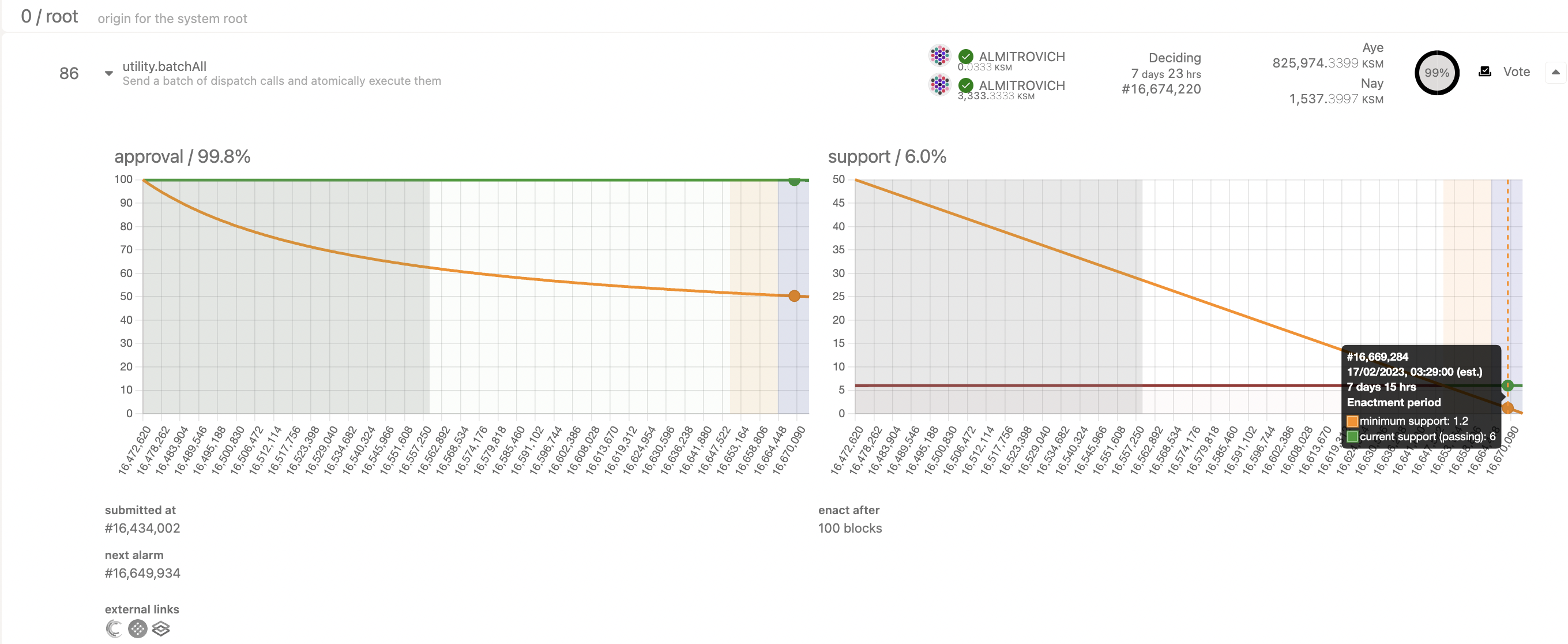
Root¶
The origin with the highest level of privileges. This track requires extremely high levels of approval and support for early passing. The prepare and enactment periods are also large. For instance, a referendum proposed in this track needs to amass 48.2% support (total network issuance) by the end of the first day with over 93.5% approval to be considered to be part of the confirm period. The support curve drops linearly to 25% by the end of day 14 and almost to 0% by the end of day 28. This ensures that the token holders receive ample time to vote on the proposal during the decision period.
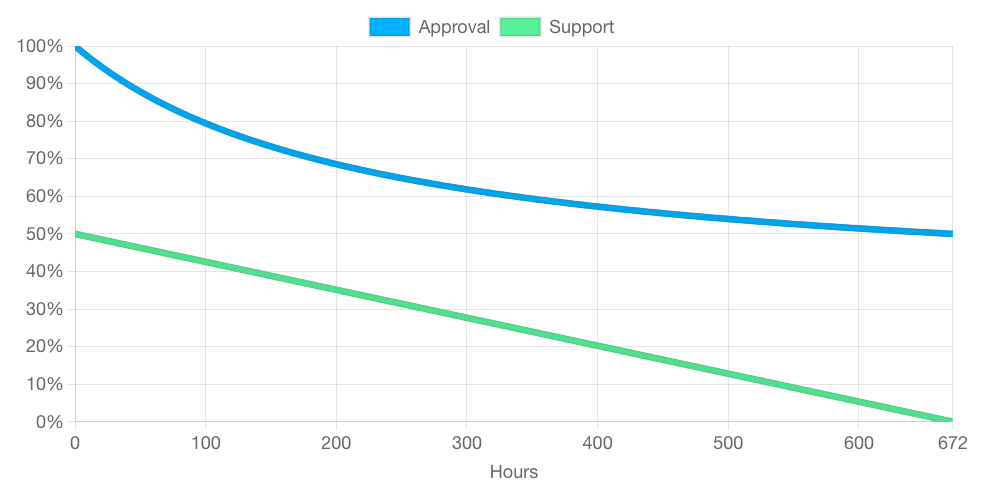
The origin with the highest level of privileges. This track requires extremely high levels of approval and support for early passing. The prepare and enactment periods are also large. For instance, a referendum proposed in this track needs to amass 46.8% support (total network issuance) by the end of the first day with over 88% approval to be considered to be part of the confirm period. The support curve drops linearly to 25% by the end of day 7 and almost to 0% by the end of day 14. This ensures that the token holders receive ample time to vote on the proposal during the decision period.
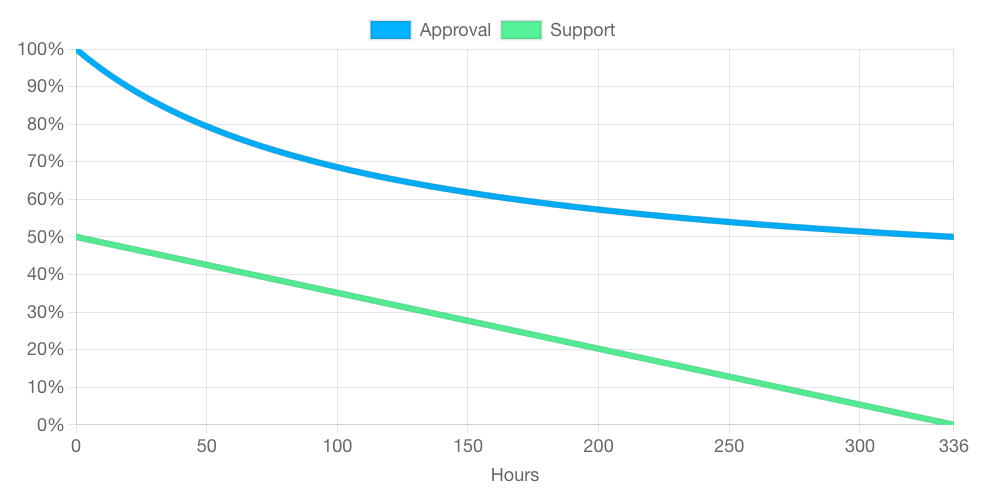
Whitelisted Caller¶
Origin commanded by the Fellowship whitelist some hash of a call and allow the call to be dispatched with the root origin (after the referendum passes). This track allows for a shorter voting turnaround, safe in the knowledge through an open and transparent process for time-critical proposals. For instance, a referendum proposed in this track needs to amass 20% :polkadot support (much lesser than the root) by the end of the first day with over 93.5% approval to be considered to be part of the confirm period. Note how no referendum on the Whitelisted track can ever pass with less than 5% support.
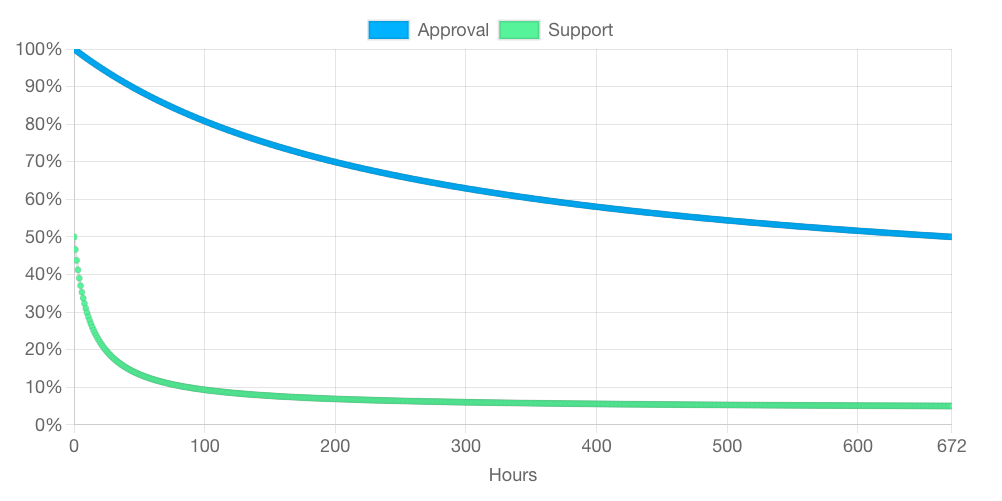
Origin commanded by the Fellowship whitelist some hash of a call and allow the call to be dispatched with the root origin (after the referendum passes). This track allows for a shorter voting turnaround, safe in the knowledge through an open and transparent process for time-critical proposals. For instance, a referendum proposed in this track needs to amass 14% support (much lesser than the root) by the end of the first day with over 88% approval to be considered to be part of the confirm period. Note how no referendum on the Whitelisted track can ever pass with less than 5% support.
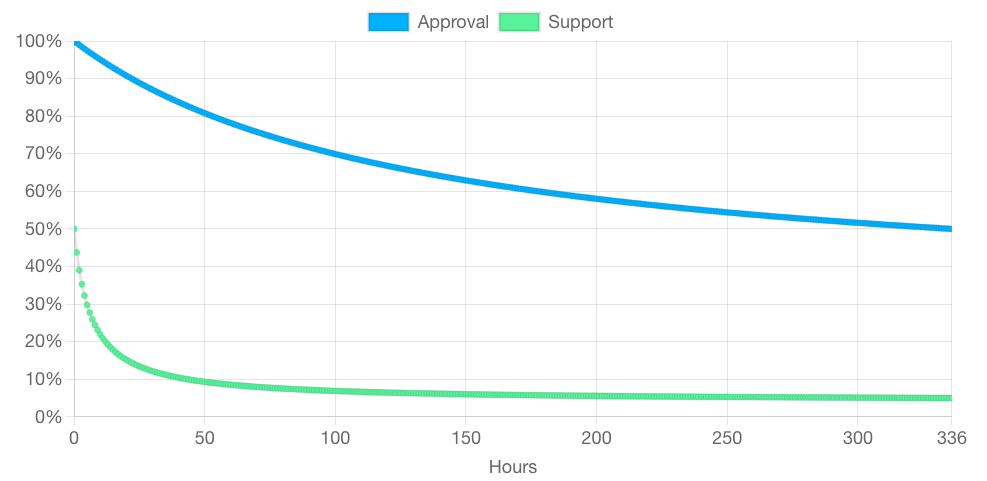
Wish For Change¶
The Wish For Change track serves as a medium for gathering consensus through OpenGov on a proposed change to the network through an on-chain remark. This track was added to ensure the Root track, which is typically utilized for handling one referendum at a time due to the sensitive nature of Root calls, is not employed to convey network desires to various bodies within the network. These remark statements could be voted on simultaneously because they lack stateful logic impacting the network. They should not delay voting on proposals requiring Root or be obligated to its queue. The approval/support criteria resemble Root, and passing items on this track serves as a signal for a change without conferring privileges.
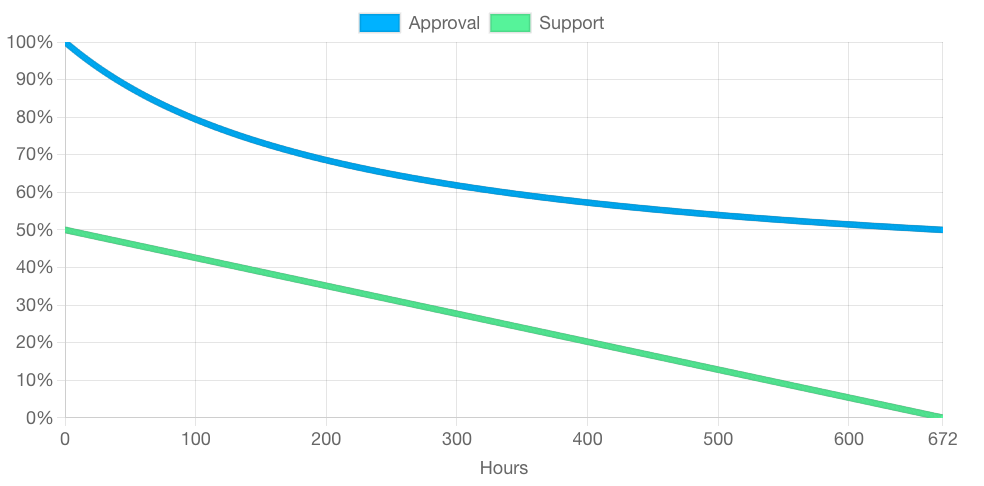
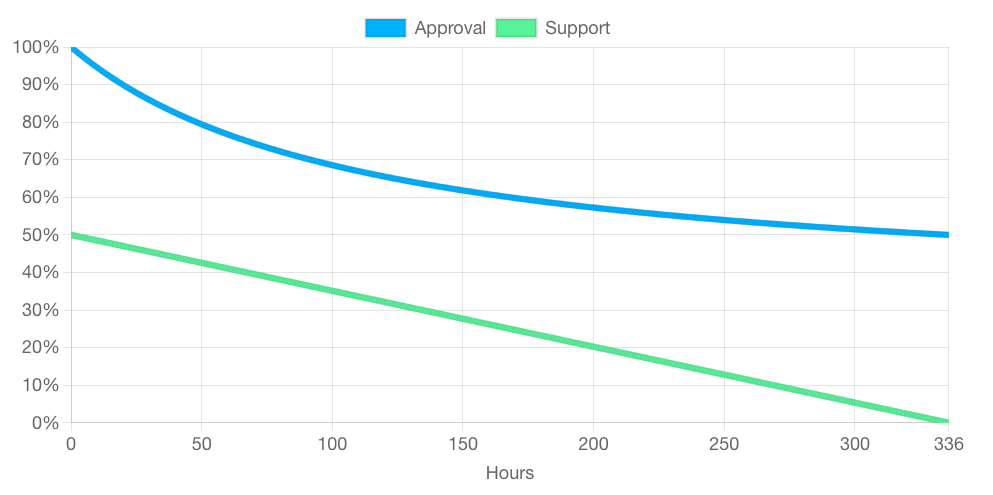
Staking Admin¶
The origin for canceling slashes. This origin has the privilege to execute calls from the staking pallet and the Election Provider Multiphase Pallet.
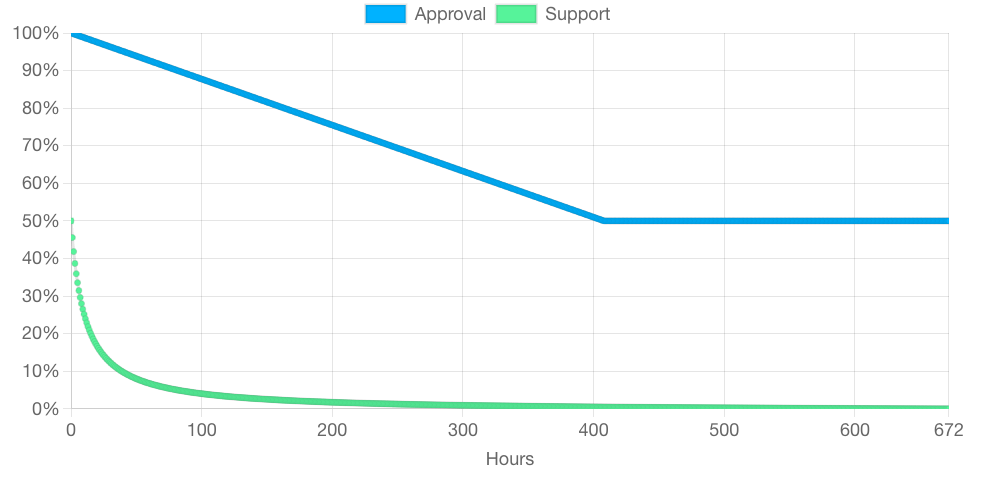
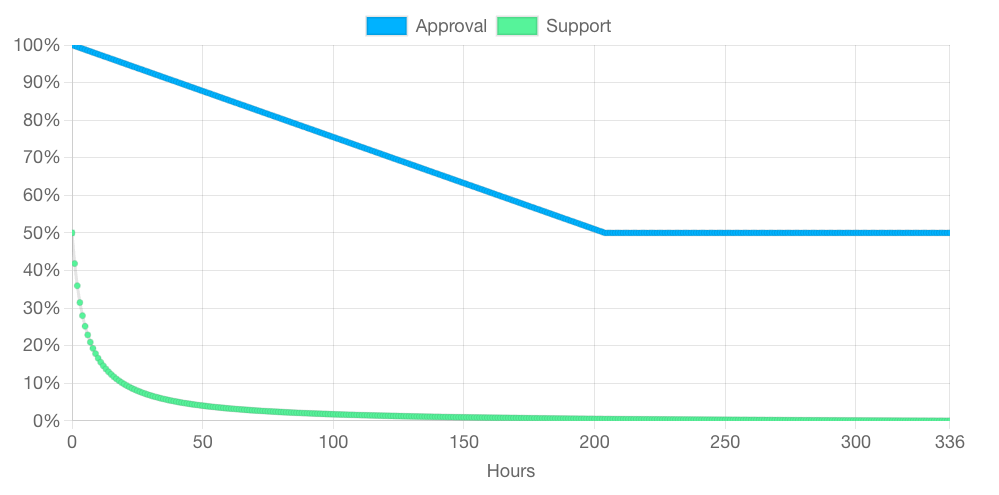
Treasurer¶
The origin for spending funds from the treasury (up to 10M DOT). This origin has the privilege to execute calls from the Treasury pallet.
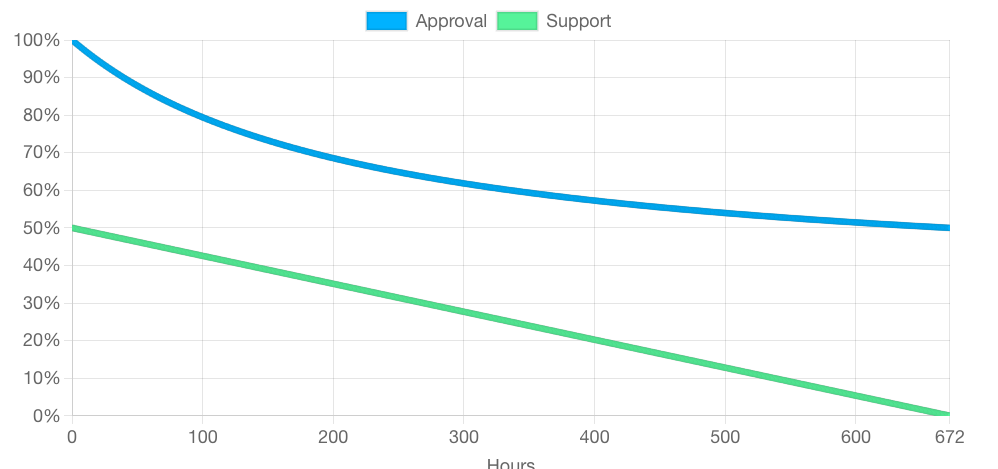
The origin for spending funds from the treasury (up to 333333.33 KSM). This origin has the privilege to execute calls from the Treasury pallet.
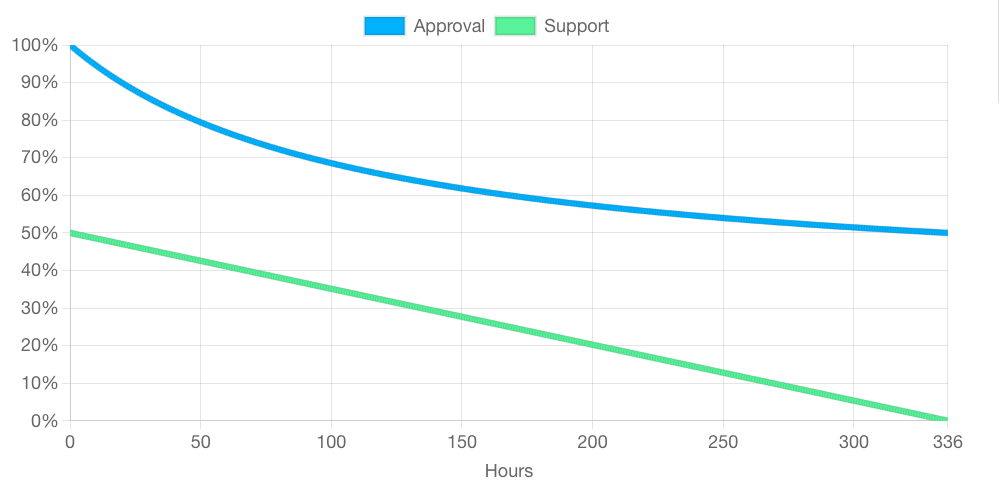
Lease Admin¶
Origin can force slot leases. This origin has the privilege to execute calls from the Slots pallet.
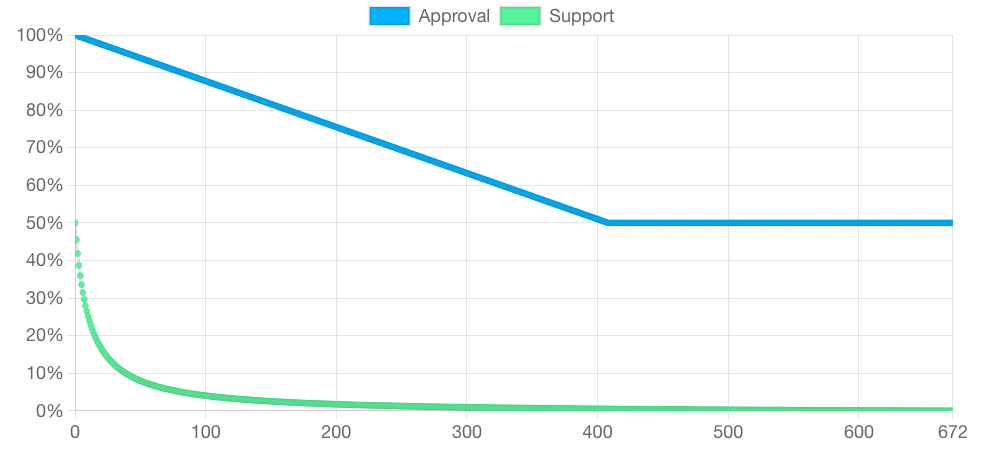
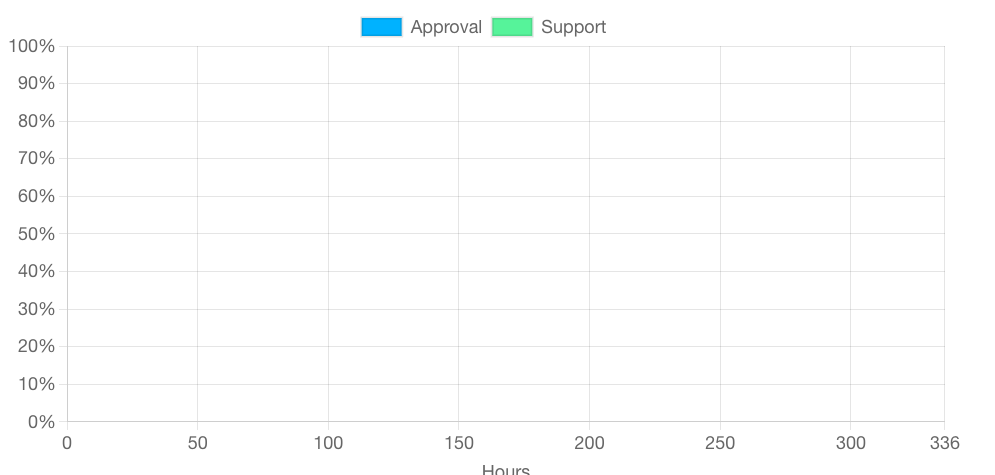
Fellowship Admin¶
The origin for managing the composition of the fellowship.
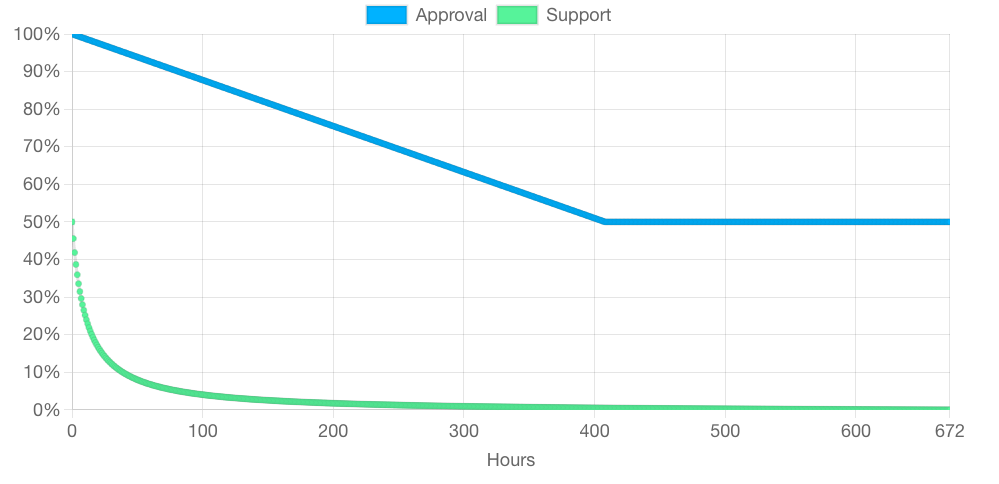
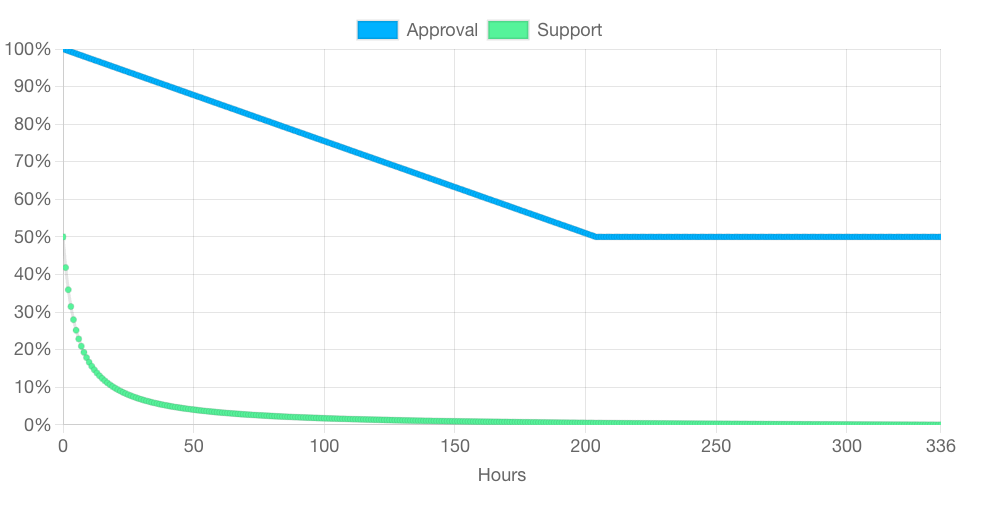
General Admin¶
The origin managing the registrar and permissioned HRMP channel operations.
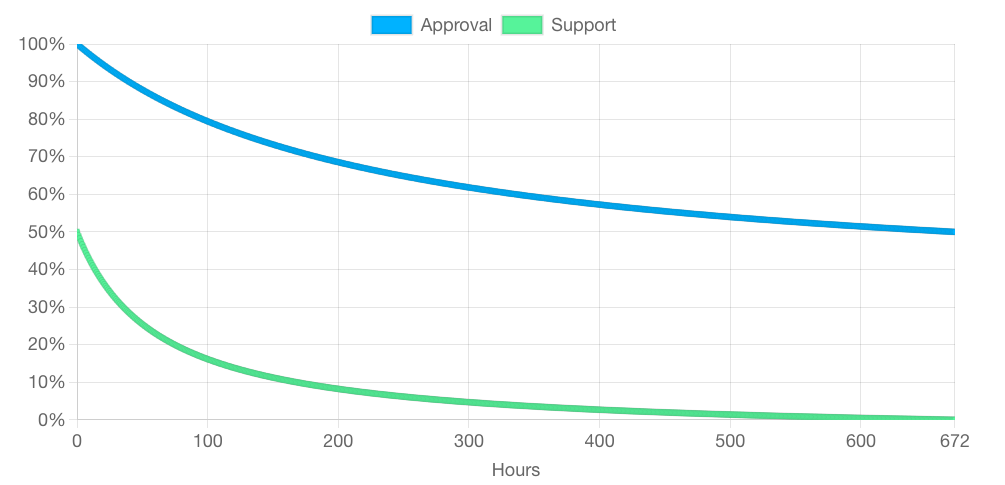
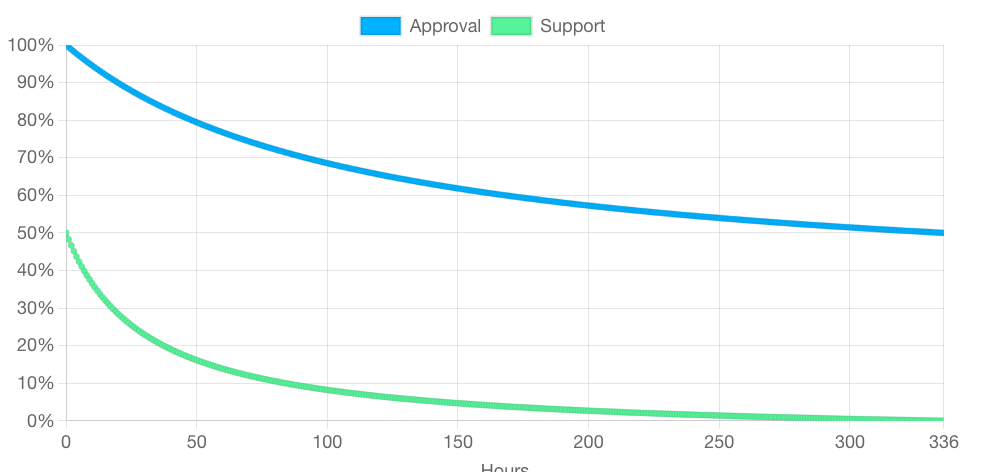
Referendum Canceller¶
The origin can cancel referenda. This track has a low lead time and approval/support curves with slightly sharper reductions in their thresholds for passing.
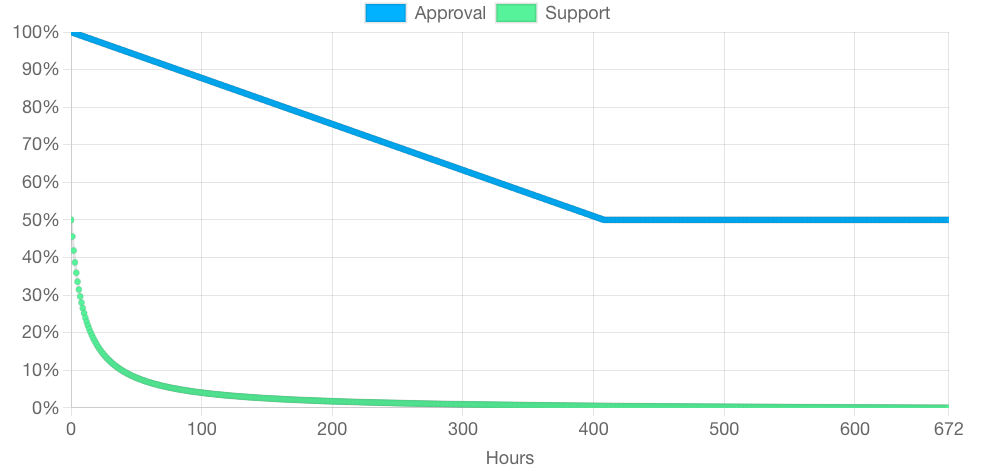
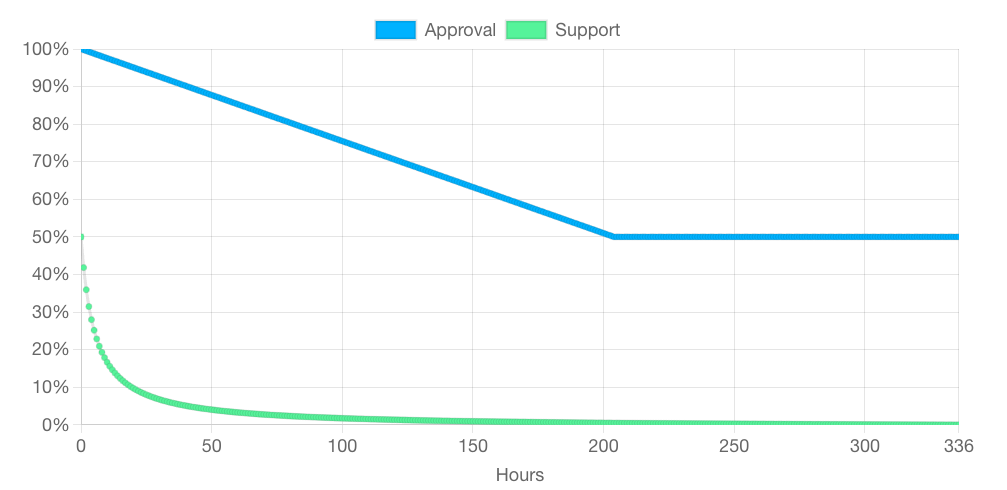
Referendum Killer¶
The origin can cancel an ongoing referendum and slash the deposits. This track also has a low lead-time and approval/support curves with slightly sharper reductions in their thresholds for passing.
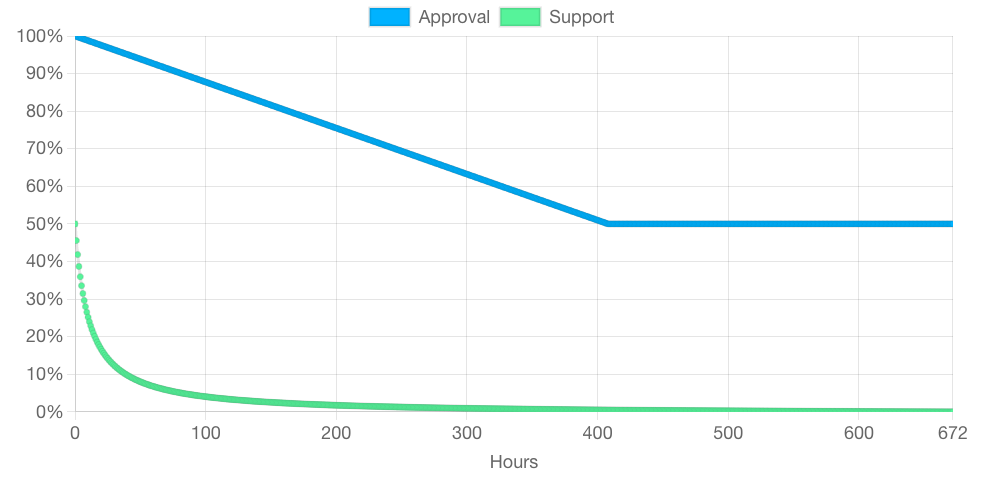
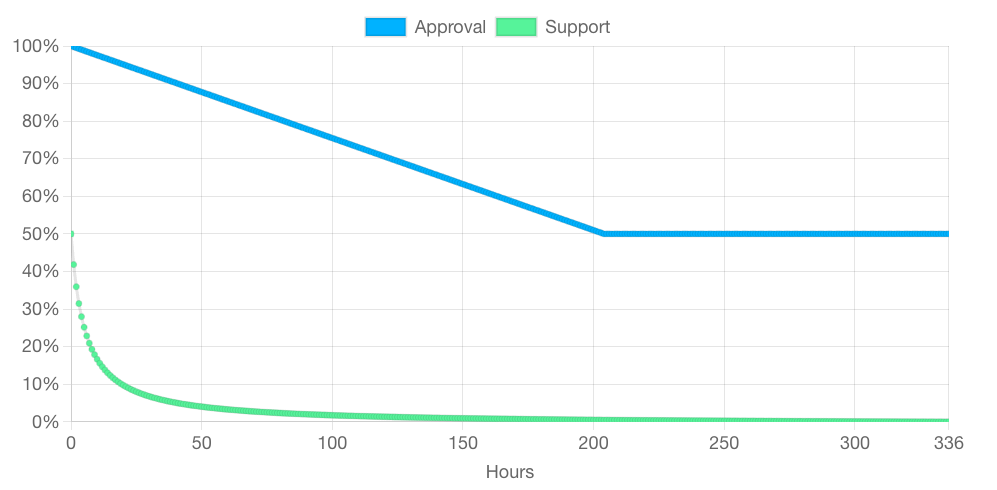
Small Tipper¶
Origin able to spend up to 250 DOT from the treasury at once.
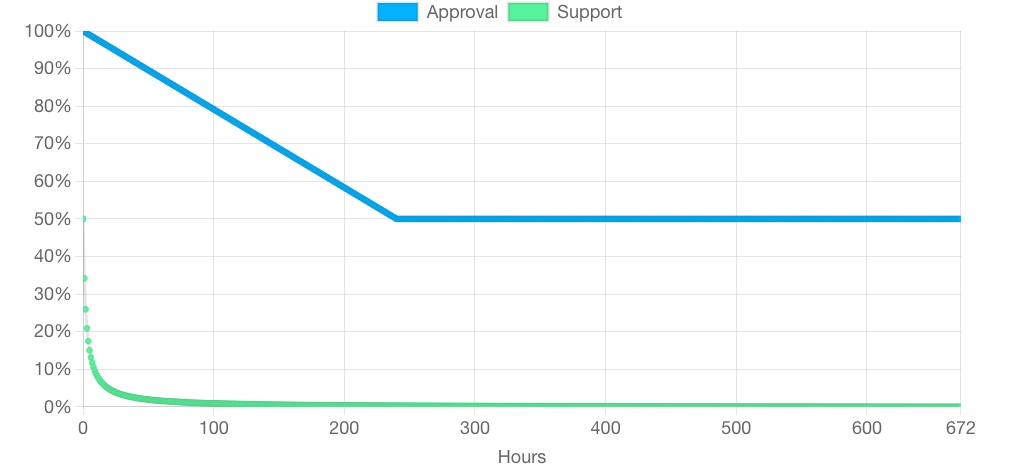
Origin able to spend up to 8.25 KSM from the treasury at once.
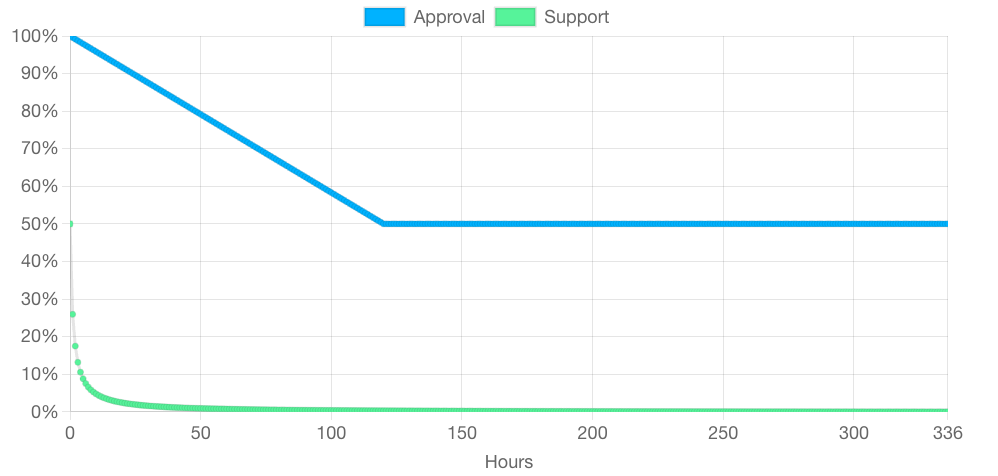
Big Tipper¶
Origin able to spend up to 1000 DOT from the treasury at once.
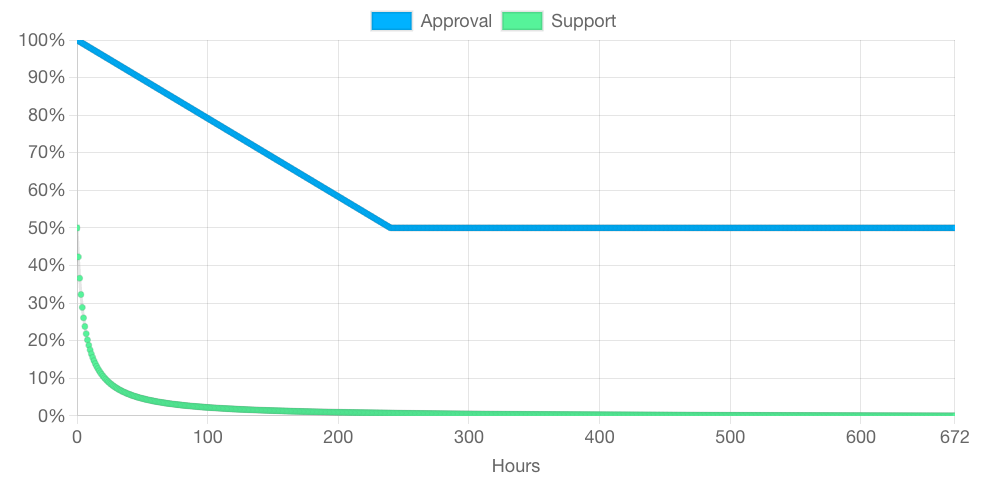
Origin able to spend up to 33.33 KSM from the treasury at once.
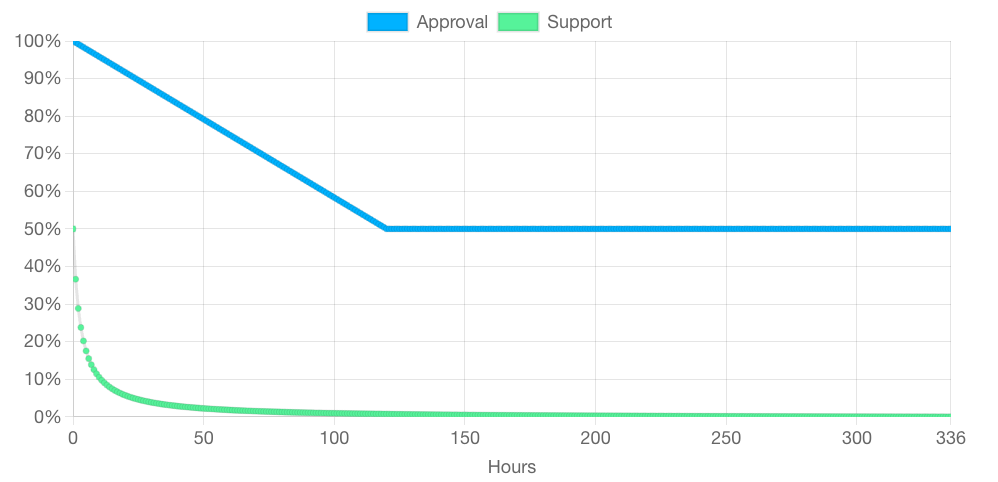
Small Spender¶
Origin able to spend up to 10000 DOT from the treasury at once.
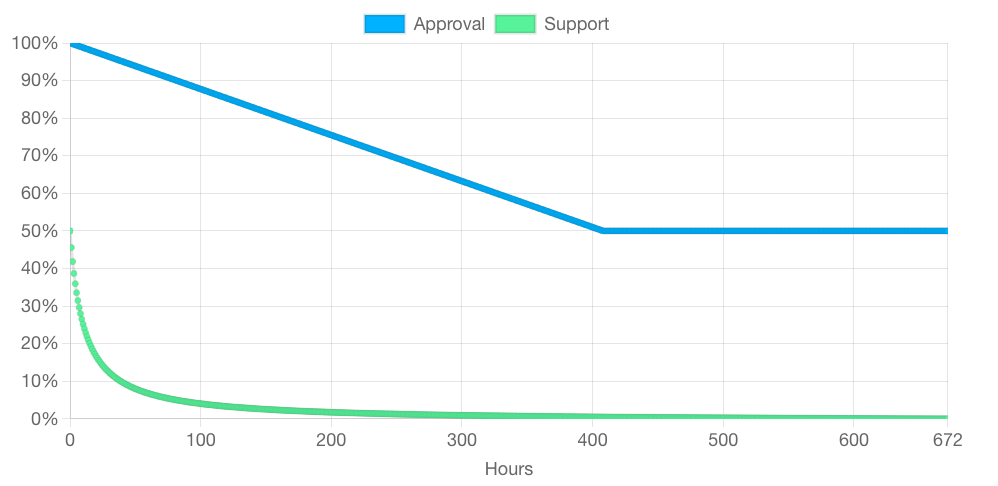
Origin able to spend up to 333.33 KSM from the treasury at once.
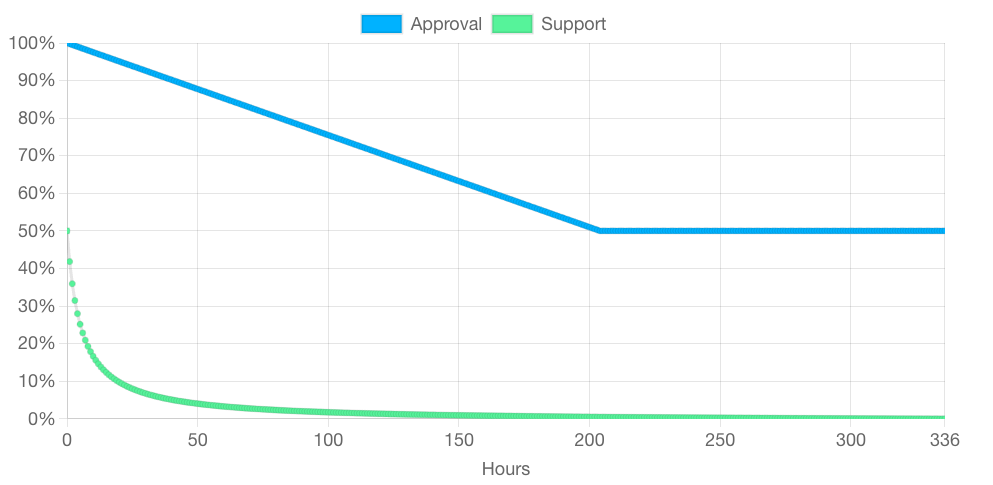
Medium Spender¶
Origin able to spend up to 100000 DOT from the treasury at once.
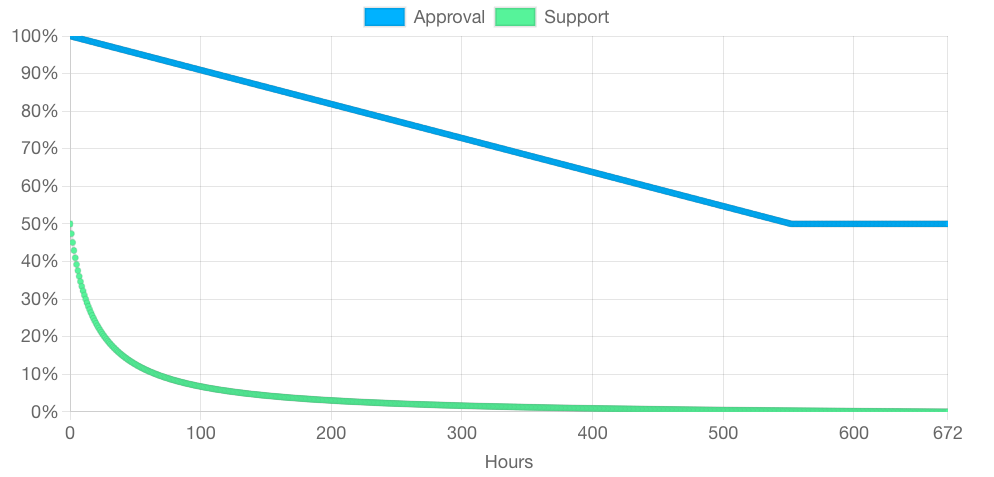
Origin able to spend up to 3333.33 KSM from the treasury at once.
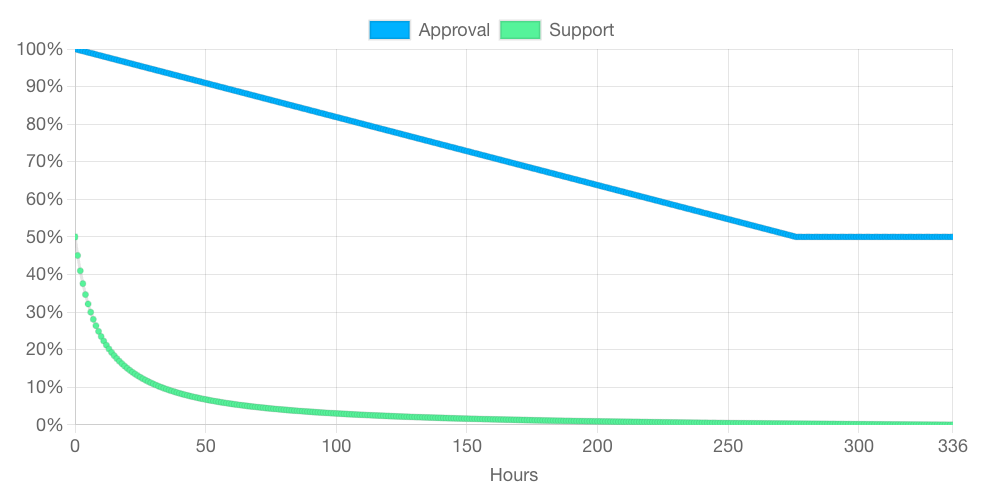
Big Spender¶
Origin able to spend up to 1000000 DOT from the treasury at once.
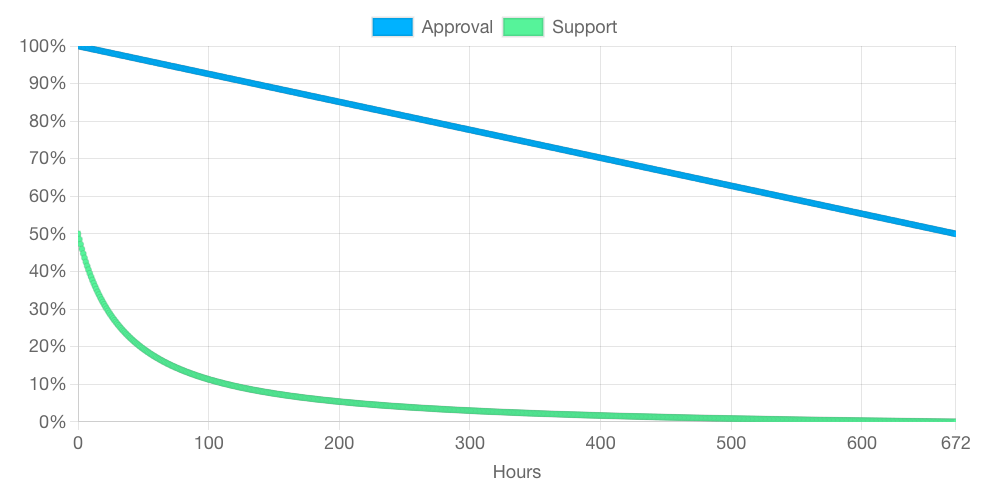
Origin able to spend up to 33333.33 KSM from the treasury at once.
